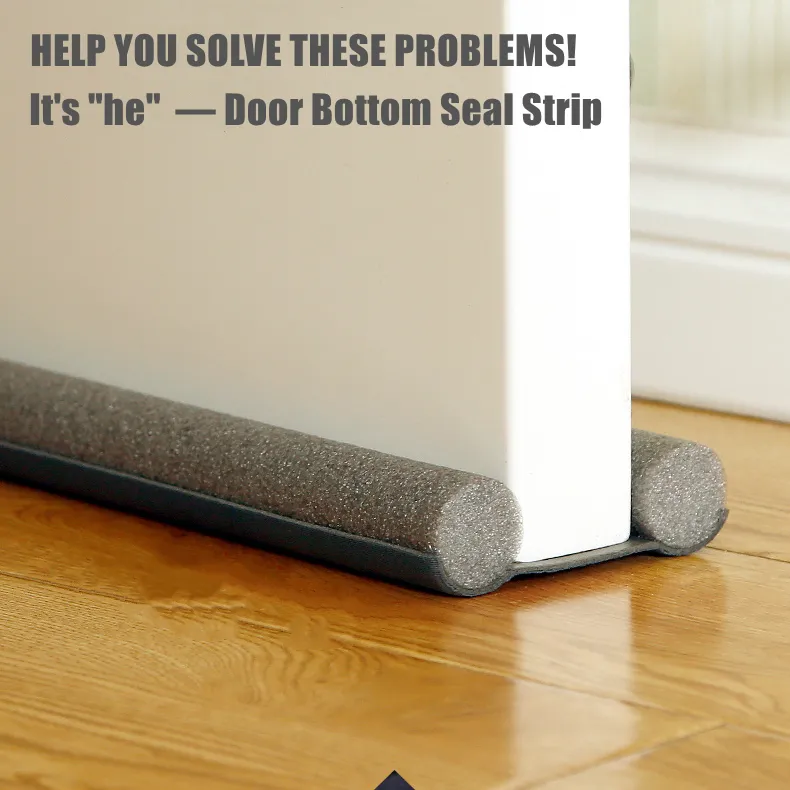exterior weather stripping
Understanding Exterior Weather Stripping Enhancing Energy Efficiency and Comfort
Weather stripping is an essential component for maintaining energy efficiency and comfort in homes
. It refers to the materials used to seal gaps and cracks around windows and doors, preventing air leaks, which can lead to increased energy costs and a uncomfortable living environment. This article delves into the importance of exterior weather stripping, its types, and the benefits it offers.One of the primary reasons homeowners should invest in exterior weather stripping is to improve energy efficiency. When air escapes from a home, whether warm air in winter or cool air in summer, the heating and cooling systems work harder to maintain the desired temperature. This not only results in higher energy bills but also leads to a reduced lifespan for HVAC systems. By employing effective weather stripping, homeowners can minimize air leakage, thereby reducing energy consumption and lowering utility costs.
There are several types of weather stripping suitable for exterior applications, each designed for different gaps and conditions. The most common types include V-strip, felt, foam tape, and door sweeps. V-strip, made from durable plastic or metal, is excellent for sealing along the sides of doors and windows. Felt is an economical option but may wear out faster, making it suitable for less critical areas. Foam tape provides a good seal for irregular gaps and comes in various thicknesses, allowing for flexibility in application. Door sweeps are attached to the bottom of doors, providing a barrier against drafts, dust, and water.
exterior weather stripping

Proper installation of weather stripping is crucial for optimal performance. Homeowners can undertake this task themselves, as it typically involves straightforward measurements and adhesive applications. However, it’s advisable to assess the condition of existing weather stripping and replace any worn or damaged materials. Regular maintenance is also integral to ensuring continued effectiveness; inspections during seasonal changes can help identify areas needing attention before they become significant problems.
Beyond energy savings, weather stripping also contributes to enhancing indoor air quality and comfort. By reducing drafts, it helps maintain a stable indoor temperature and prevents moisture buildup, which can lead to mold growth. Moreover, effective weather sealing can reduce external noise penetration, creating a quieter and more peaceful living space.
In conclusion, exterior weather stripping is a simple yet impactful solution for homeowners looking to improve energy efficiency, comfort, and indoor air quality. By understanding the different types available and committing to proper installation and maintenance, homeowners can enjoy the benefits of a well-sealed home, leading to lower energy costs and a more enjoyable living environment. Investing in weather stripping is not just about immediate savings; it’s a step towards a sustainable and comfortable future.
-
Under Door Draught Stopper: Essential ProtectionNewsJul.31,2025
-
Garage Door Seal and Weatherstrips for ProtectionNewsJul.31,2025
-
Edge Banding Tape for Perfect EdgesNewsJul.31,2025
-
Table Corner Guards and Wall Corner ProtectorsNewsJul.31,2025
-
Stair Nose Edging Trim and Tile Stair SolutionsNewsJul.31,2025
-
Truck Bed Rubber Mats for Pickup BedsNewsJul.31,2025
-
Window Weather Stripping for Noise ReductionNewsJul.29,2025